Feeding your cat isn’t as easy as it seems. Cats, like humans, need certain nutrients and moisture in their diet to help them stay healthy. Unfortunately, if you overlook these diet requirements when buying food for your cat, it may result in consequences; your cat might get sick, unhealthy, or overweight.
Choosing the proper diet and feeding your cat depends on several factors, like the age, size, and health of your cat, as well as what type of cat food it is and what it contains. Below is a detailed guide on everything to consider before feeding your cat, how to choose the perfect canned food, and how to feed your cat correctly.
Nutritional Requirements
Cat diets need essential nutrients to keep the cats healthy, such as proteins, vitamins, minerals, fatty acids, and amino acids. Different cat foods will differ in these nutritional values, and some may even be absent in those. Therefore, it is essential to know what these are and how important they are to see if the food you’re buying your cat is the right one.
Water
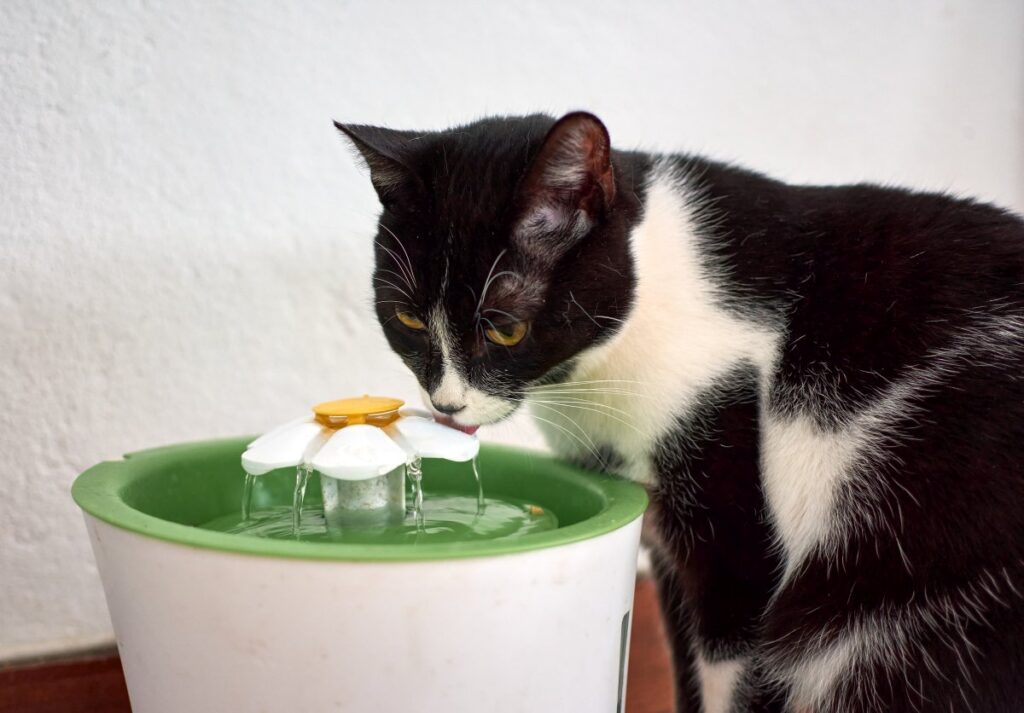
Water is the essential requirement of all, as a lack of water could cause death in a matter of days. It is important to ensure that your cat’s food has ample water content, as cats rely mostly on food for moisture because they do not drink water often. The quantity of water that cats require depends on several factors, like their diet, environment, activity level, and how healthy they are. Dry pet foods are 3–11% water, whereas canned pet foods are 60-87% water.
Proteins
Proteins are another essential part of the cat diet. Cats are Obligate Carnivores, so they have a shorter and more acidic digestive tract than other animals, which digests meat and fat more easily. Therefore, cats mostly need protein in their diet to supply their nutrient needs.
Some animals can survive on plant-based proteins, but not cats. However, they only shouldn’t be eating meat as well. According to experts, 40-50% of a cat’s diet should include proteins, and most of them should come from meat.
Amino Acids
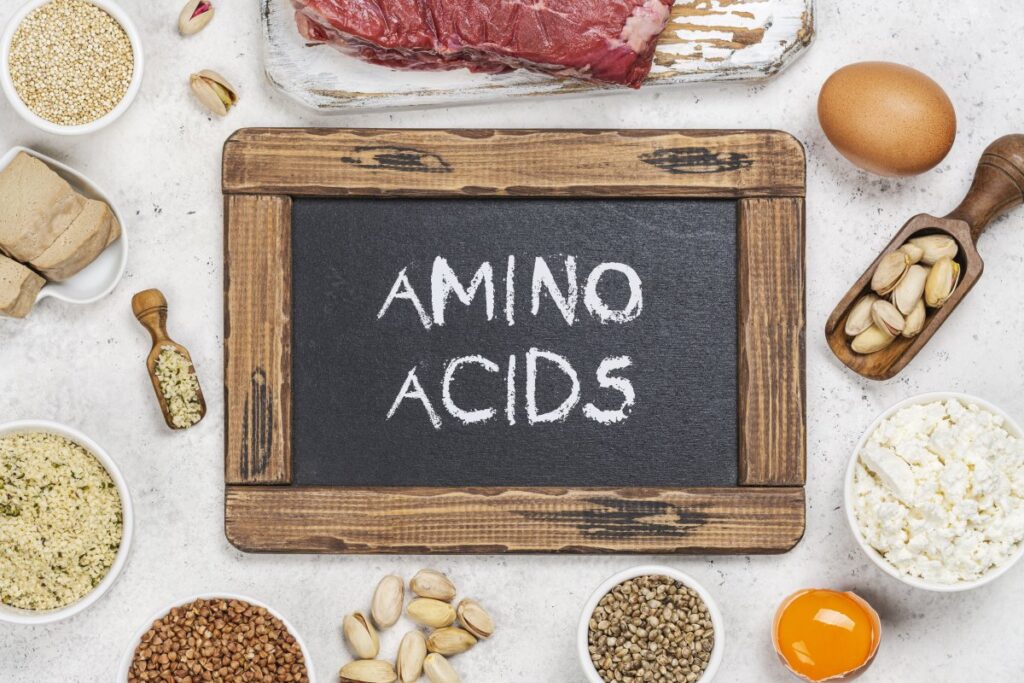
In addition to proteins, cats also need certain amino acids in their food: Taurine, arginine, methionine, and cysteine. Some amino acids are found in plants, but not these. Cats cannot synthesize plant-based amino acids, so meat is an essential requirement. Taurine deficiency in cat foods can cause cats to go blind or suffer from heart failure, which is alarming. Taurine can be found in meat and fish, and some cat food manufacturers supplement foods with Taurine.
Fats and Fatty Acids
Cats need a source of animal fat that has pre-formed animal-origin EFAs, because of their ability to meet some needs from plants. They need fatty acids to perform many functions, such as providing energy and absorbing fat-soluble vitamins. Cats need food with linoleic acid and arachidonic acid. The recommended amount of linoleic acid and arachidonic acid is ~5g and 1.2g/kg diet” for kittens and adult cats, respectively.
Carbohydrates
The cats’ abilities to digest and utilize carbohydrates are very low. Cats get most of their blood sugar and energy from the breakdown of protein in their diet; however, cats can use carbohydrates but have a limited capacity to digest them. Except for kittens, cats have low levels of lactase in their intestines. Lactase is an essential enzyme to digest the carbohydrate lactose, which is present in milk. Consuming too much milk can cause diarrhea in cats.
Apart from these nutrients, cats also require vitamin A, vitamin D, and vitamin B3 in their food.
Types of Cat Food
Now that you know the essential nutrients your cat needs let’s move on to the different types of cat food available in the market. There are mainly two types of cat foods. Dry food, with moisture content under 14%, and wet food, with a moisture content under 60%. A semi-moist (14-59%) category is also present, but only treats are restricted. Wet foods and dry foods differ in terms of their moisture content, manufacturing process, and nutrients. As cats do not drink much water, wet foods are better for providing them with moisture.
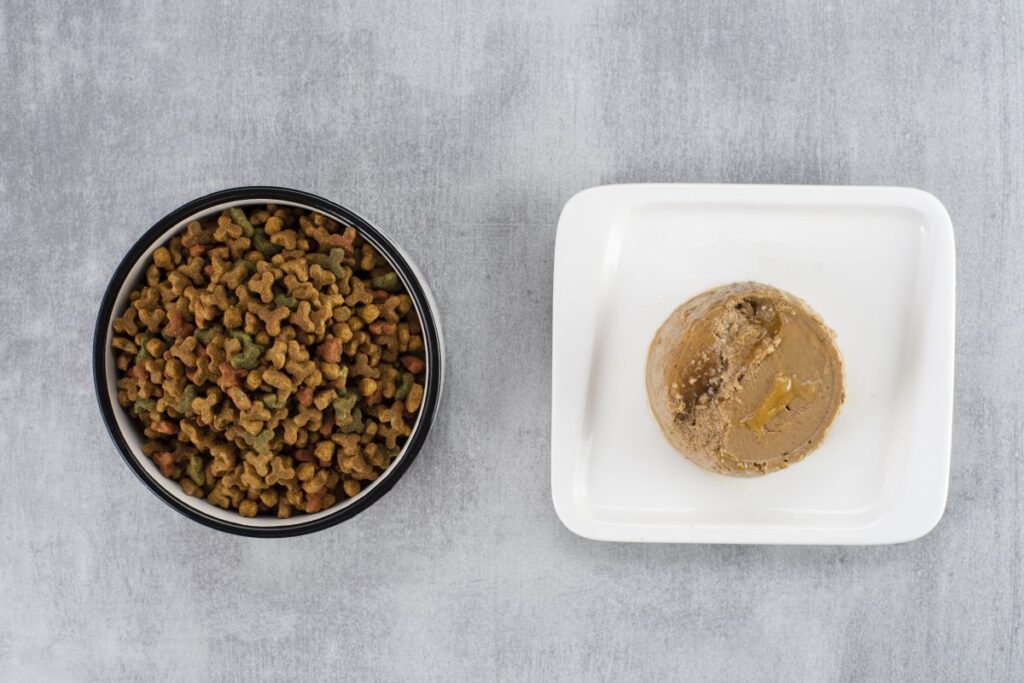
Wet Cat Food
Wet cat foods/ canned foods are made with fresh or frozen meats in combination with a protein source coming from grains; these meats are blended with water, vitamins, and fats and then put in a can, where the food is heated to make sure that the foodborne pathogens are destroyed.
Benefits of Wet Food
These foods are most beneficial because of how high they are in their moisture content. If cats have health conditions that may cause them to need more water, such as diabetes, kidney disease, or lower urinary tract disease, the high water content in these foods will help them.
Also, being delicious, these foods will be preferred by picky eaters, and most cats love them. There are also many different varieties available for canned foods, so if your cat is a picky eater, you can choose whatever it likes most. When unopened, it has a long shelf life, the longest compared to other types of cat food.
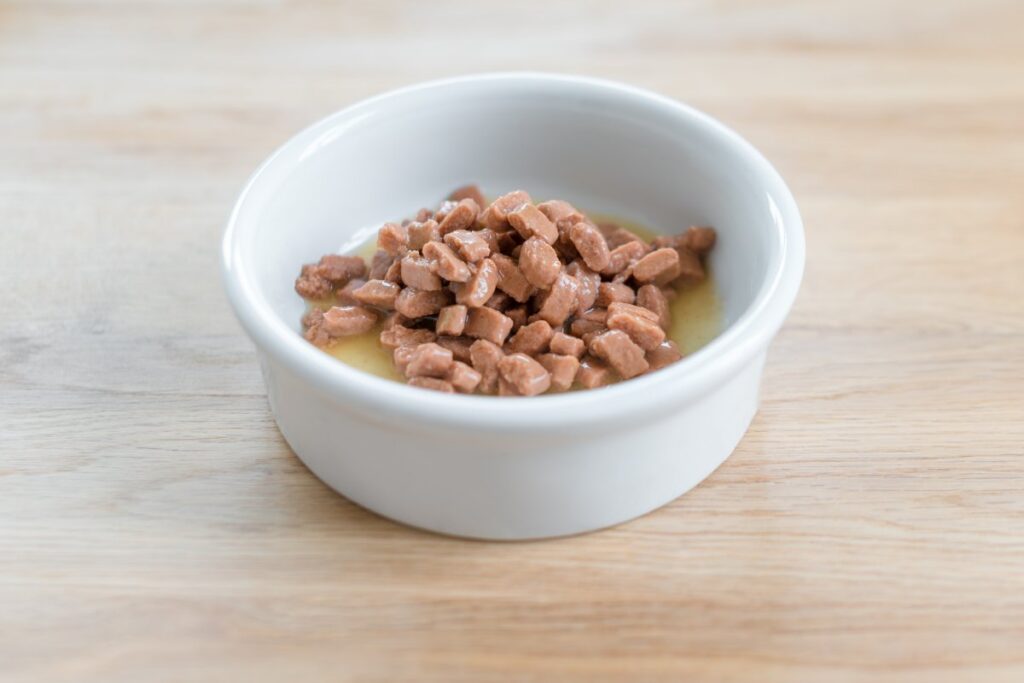
Gourmet cat foods have mostly meat, like liver, kidney, or whole meat by-products. Some brands make cat foods that do not have all the essential nutrients, so it is important to read the labels and check the nutritional values properly.
The benefits of giving your cats wet food are many, such as urinary health, weight management, and avoiding constipation. Wet foods will help the urine be more diluted, which will help prevent urinary tract problems. So there will be lesser inflammatory components in the bladder.
As water does not provide calories, and wet food mostly contains water, the amount of calories in canned foods is lower than in dry foods. Wet food will therefore help with weight loss and weight prevention plans.
More than half the cats in the US are overweight, and if your cat is one of them, these foods will help with that. Dehydration can cause constipation in cats. However, eating wet foods will prevent that from happening. It is highly recommended to feed wet food in cases of constipation or if your cat has diseases related to dehydration. Compared to dry foods, you’ll have to deal with lesser cat poop due to the high urine production, as most of the waste materials are being flushed out.
Drawbacks of Wet Food
However, wet canned food is more expensive compared to dry foods. After opening, wet foods will have a shelf life of 24 hours and needs to be stored in the refrigerator if your cat does not eat them. If you leave it out for too long and your cat eats it, contamination and an upset stomach will occur.
Dry Cat Food
Dry Foods are a popular choice because they are less expensive than wet foods and can be left out for long periods without refrigeration. These foods can also be fed in puzzle feeder toys or automatic feeders. They are 6-10% water, and depending on their formation; they include a mixture of combined, extruded, and dried into pieces that are small enough for your cat to eat.
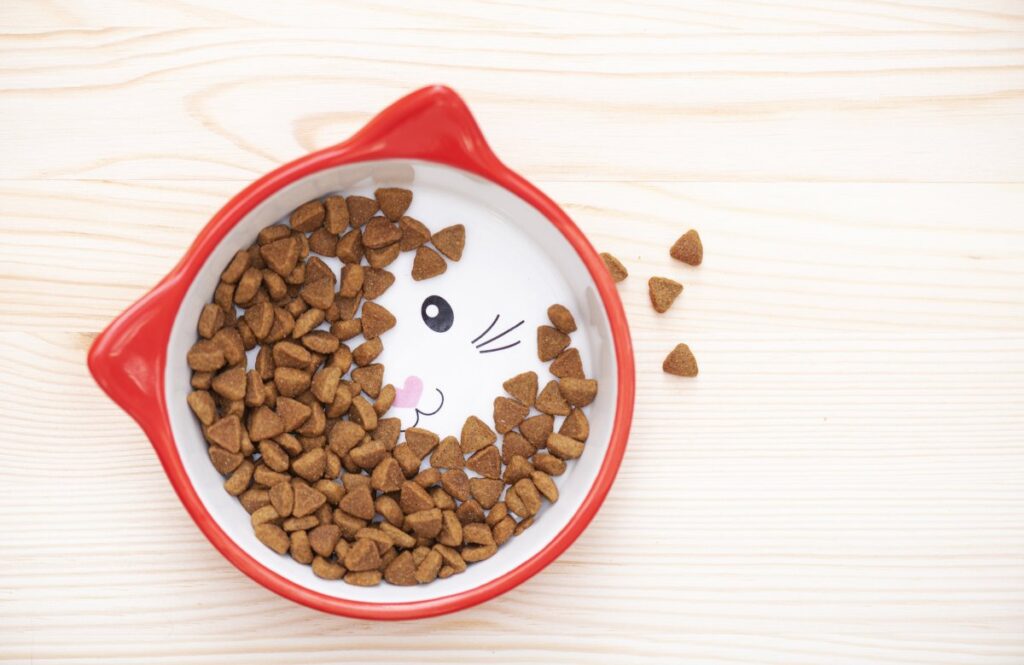
These pieces are often coated with animal fat or other flavorful coats to make the food more delicious for cats to eat. Dry foods’ ingredients are meat, meat by-products, poultry, poultry by-products, grain, grain by-products, fish meal, fiber sources, milk products, and vitamin and mineral supplements. If you use dry food, it is important to store it in cool and dry places and not use it after expiration.
Usually, owners buy dry food in huge bulks and then store it, but it is important to check the expiration date in that case. Even though you can store dry food, be aware that storing the food for long periods will make the vitamins and minerals inside it less active, and the fats might become rancid.
Benefits of Dry Food
Dry foods are more convenient and budget-friendly. These foods allow free feeding, and they will not go bad even when kept out for a long time. Some cats may like to have snack times rather than eating their food at their mealtime, and dry food can be used in that case, as wet food is given at specific times. They can also be used with food dispenser toys, which will enhance your cat’s mental capabilities.
Dry food has more carbohydrates than wet food, and cats could use some carbohydrates as an energy source. These foods will help to improve your cat’s oral health as well. You should keep the dry food in airtight jars or containers to avoid any such thing and keep the flavor the same over time.
Drawbacks of Dry Food
However, dry cat foods have certain drawbacks and are not recommended. As you already know, the moisture content in dry foods is low; your cat might suffer from dehydration if not looked after properly. In addition to this, some studies have found a correlation between feeding cats dry foods and obesity. This might be because of free feeding; as most dry food-eating cats eat food freely, owners may not realize how much they’re eating, and they might end up eating too much. Because of the free feeding, it is also possible that because you don’t know how much your cat is eating, your cat might be eating a lot less than she needs and does not get enough nutrition.
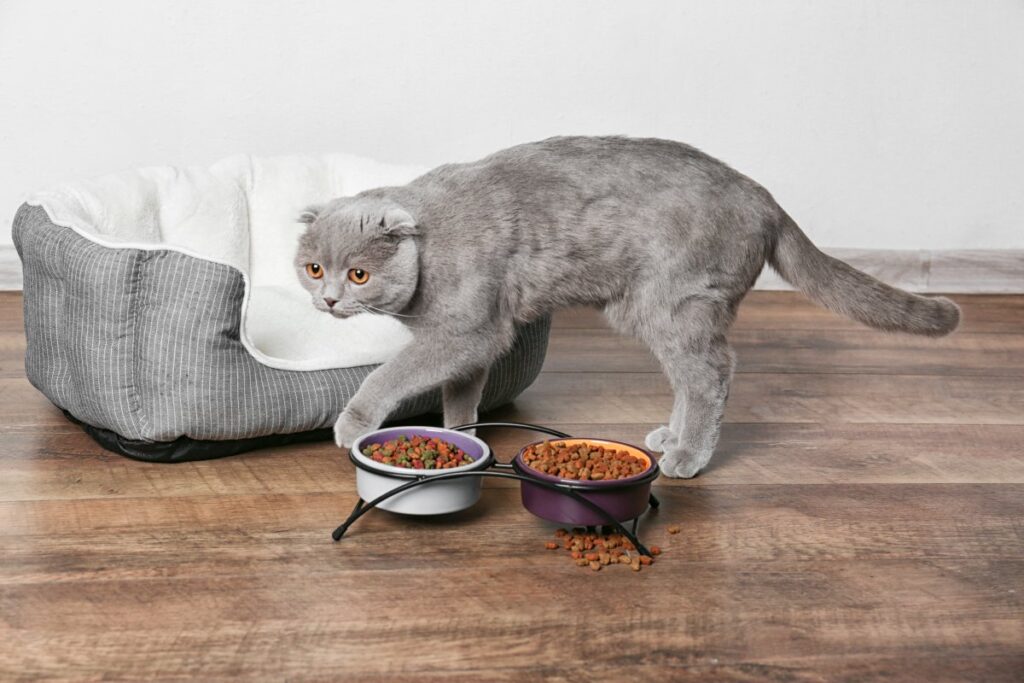
Older cats may find it hard to chew on dry food if they have had their teeth removed or have dental disease. These foods are not as delicious as wet foods, so it might be possible that your cat doesn’t like them. It is important to stress the low moisture content in these foods. Urinary tracts are much healthier when they have more water inside them.
Having too many carbohydrates in these foods can also be bad for your cat as it will affect your cat’s blood sugar and insulin balance. Because cats have a low thirst drive, they won’t go and drink water, and feeding them only dry foods in this way will cause many problems; cats need moisture.
As dry foods contain mostly plant-based proteins, they may not help fulfill your cat’s nutritional needs, as cats cannot digest plant-based proteins due to the lack of certain enzymes needed to digest them. Therefore, cats need meat. Taurine, also an important nutrient for cats, is not present in plants and comes in meat, and deficiency of Taurine can cause heart problems and blindness in cats.
Now, companies do not add as much meat in dry foods as plants because plant proteins are much cheaper than meat, and using them will help them have a higher profit margin. However, some nutritionists from food companies will argue that they know what nutrients are missing from plants and they can add them to the dry foods, but nutritionists, frankly, cannot be smart enough to do that.
When looking at dry food’s nutritional value, it may feel like they contain more protein than wet food because of the percentage, but don’t be fooled. The protein’s biological value is what matters, not the percentage. Although cats can survive on these diets, they will not be as healthy inside.
Feeding a mixture of wet and dry foods
To deal with the problems related to both wet and dry food options and to get the benefits of both, it is a good idea to feed your cat a mixture of both from time to time. This will be useful in cats who like dry foods more, but canned foods better fulfill their requirements.
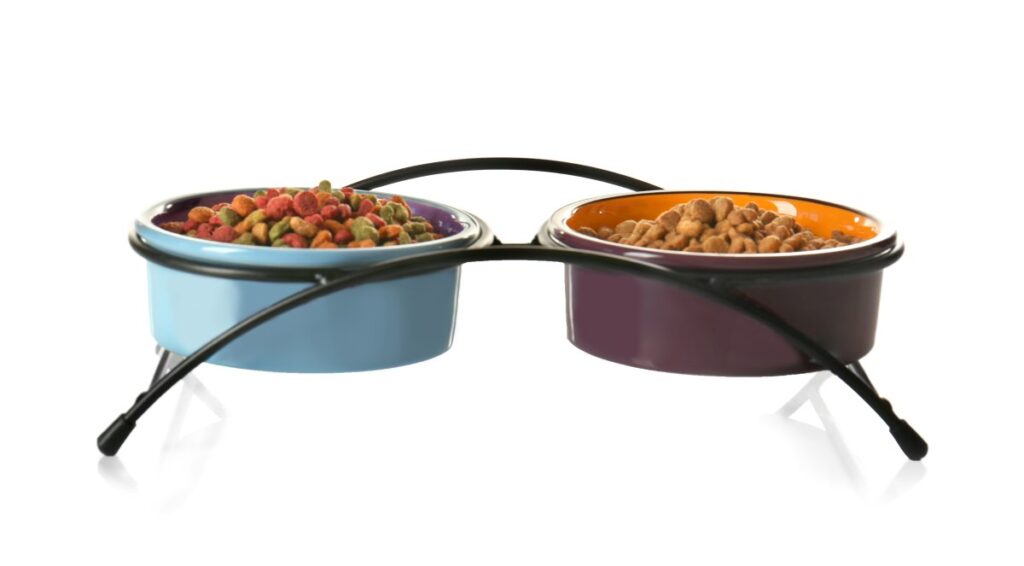
You can either mix them or give them both foods at different feeding times. To know how much wet food and dry food to feed your cat, it is better to ask your veterinarian about food portions and, much specifically, your cat needs. As every cat is different, they will all need different amounts of both foods.
- Understand more about wet cat food and dry cat food
- Learn how to balance the wet and dry foods for your cat
Semi-Moist Foods
The ingredients in semi-moist foods are meat, meat by-products, soybean meal, cereals, grain by-products, and preservatives. The meat and meat by-products are the main ingredient in them, which are about 35% water. Cats will find semi-moist foods yummier than dry foods, and they are not very expensive. After opening these foods, leaving them out will cause them to dry out, and they’ll become less flavorful and rancid.
Homemade Diets
You can make your cat food at home; however, it is hard and will take a lot of time. The ingredients may not have all the essential nutrients your cat needs. It is recommended to buy nutritionally balanced foods and not make your food unless a veterinarian asks for a homemade recipe for medical reasons.
Treats
It is not harmful to give your cat treats from time to time, but make sure that they don’t take a huge part of the cat’s diet, as they are not nutritionally balanced. Treats should not be more than 10-15% of the cat’s daily calorie intake. Some foods are highly not recommended as treats, such as raw meat.
Even though it has lots of nutrients, it may cause toxoplasmosis and other diseases. Canned fish products can cause serious neurological disorders in some cats, and raw milk is also not recommended as a treat because cats are generally lactose intolerant.
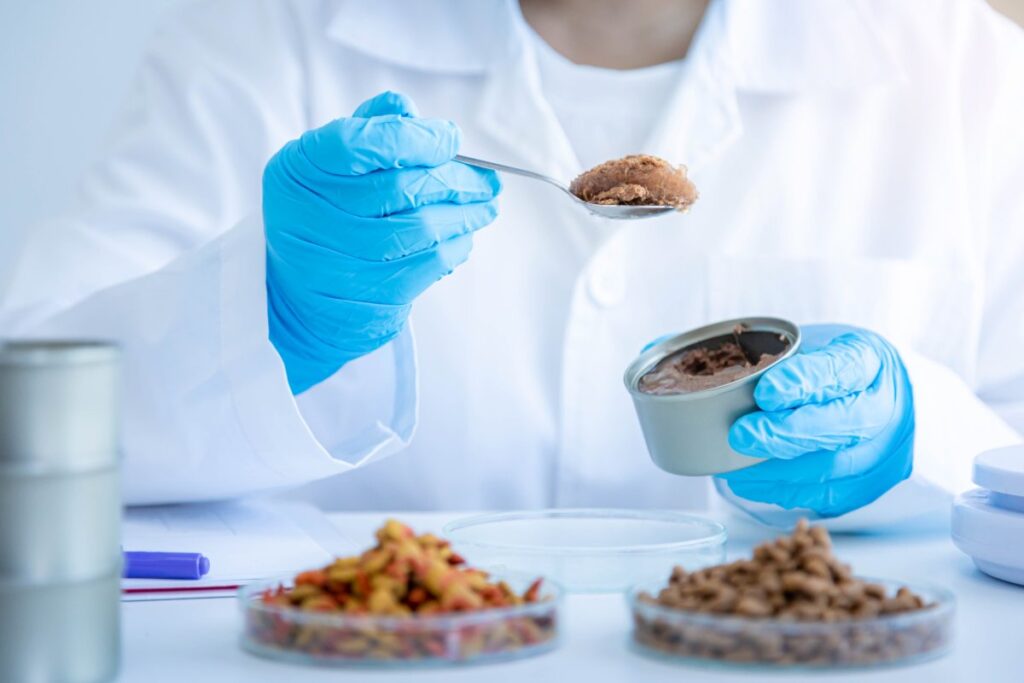
Choosing the Right Cat Food
Cats have very specific dietary requirements, making it difficult to get them a well-balanced diet. Therefore, buying high-quality commercial food with all the important nutrients is the best option, or this should at least be a major part of the cat’s diet. When buying cat food, something to make sure of is that it is “complete” food.
The labeling will have this mentioned, as this food will fulfill all nutritional needs of your cats. Also, make sure that you never feed them dog food. You can give your cats foods with different textures and flavors, and it is always a good idea to feed your cat both wet and dry foods, and a mixture of both, according to experts.
Some factors may be different for individual cats, affecting the best diet to feed them. A cat’s nutritional requirements change throughout their lives; kittens, adults, and old cats all have different requirements, which also should be kept in mind when choosing what to buy them.
However, if your cat is a picky eater at the end of the day, you might not get to choose what to feed them; for example, some cats may prefer wet foods or dry foods, and you’ll have to feed them whatever they want.
Your cat’s health needs
Depending on how they live and their nutritional needs, the best cat food for your cat will differ from that of others. If your cat is healthy and normal, then a kitten diet or adult maintenance diet will be perfect. If your cat is overweight, it is better to buy them a low-fat diet to help with their weight loss.
Cats with health conditions
Cats having health conditions should eat the diet prescribed to them by a veterinarian because they will tell you the specific, best-suited diet for your cat. There are different diets for different health conditions, for example, kidney diets for cats with kidney disease and urinary diets for cats with lower urinary tract disease. If your cat has a health condition, remember always to ask your veterinarian what to feed it.
Reading labels
Reading cat food labels might be tricky as they contain a lot of information; however, by knowing the difference between advertising and your cat’s actual needs, you will choose the right products. The best foods are those labeled as “complete.”
However, it is possible that it still doesn’t meet all the cat’s nutritional needs. Cat labels have information about how much food there is in the container, which makes that food, ingredients, what stage of the cat life food is for (pregnant, adult, kitten), the nutrients present inside, calories, and how much to feed. It is important to know what the information means and which food is best for your cat.
What They Mean
Some words on the food labels are just advertising, so it is important to know what they mean. The words “Gourmet” or “premium” on the can are meaningless and don’t tell you anything about the nutritional value or taste of the food. “All-natural” means that the food does not include any artificial flavors, preservatives, or colors. It is not that cat foods don’t have any preservatives at all.
Foods with a higher fat content need some preservatives to prevent them from going bad, and if the food is “all-natural,” these preservatives will be natural as well. “Grain-free” or “no grain” is not anything to be wary of unless your cat is allergic to grains or your vet has told your cat to stay away from them.
Ingredients
The ingredients will be listed by weight, from most to least. As cats need mostly proteins, it is best to look for foods with high protein content; you will know if a food has high protein content if there are high protein ingredients at the beginning of these lists. These ingredients are meat (beef, turkey, chicken, etc.), meat by-products (kidney, liver, etc.), and seafood (salmon, tuna, etc.). Foods with more of these at the beginning of the list will be best for your cat.
Guarantees
Food labels contain a “guaranteed analysis” of the portions of the nutrients inside the food. The percentage of four nutrients will be mentioned: minimum protein, minimum fat, maximum fiber, and maximum moisture. They may also have other nutrients there, such as Taurine or magnesium.
AAFCO Statement
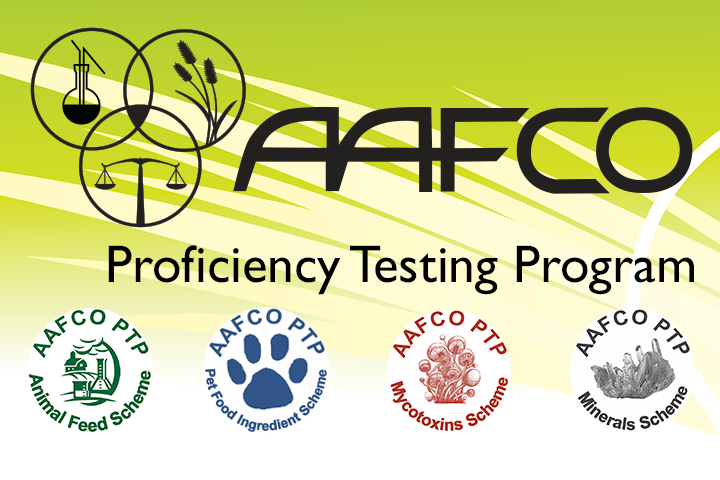
AAFCO is the Association of American Feed Control Officials. They are a group of government agencies that regulate animal food, and you’ll find their statement of the packaging of the food. If the words “feeding tests” or “feeding trials” are there on their statement, this is the best, as it means that the food has been tested in a scientific study and that it is nutritional enough to meet their needs. If the statement says “is formulated to meet nutritional levels,” it means that the food has all the essential nutrients set as the standard by the AAFCO. It is important to know, however, that AAFCO doesn’t approve any cat food.
What to Avoid
There are certain things to look out for and avoid when feeding your cat, as they may be harmful to your cat.
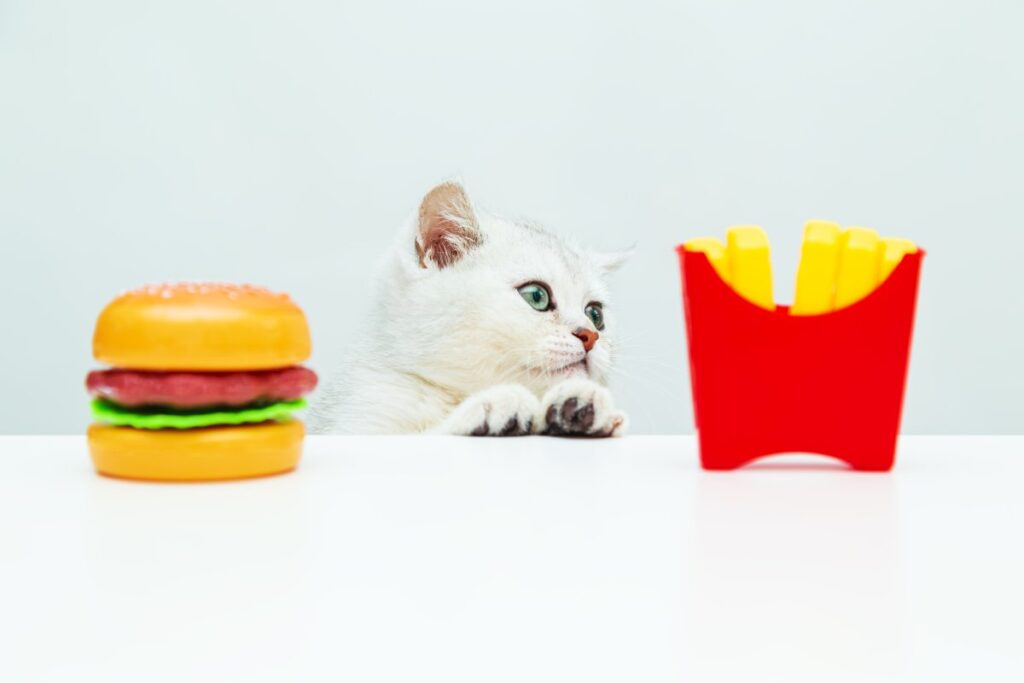
Less Protein
Because cats are obligate carnivores, they need more protein as part of their diet compared to other animals. According to some veterinarians, the protein content is the most important thing to consider when feeding your cat, and if a food has low protein content, do not buy it as it is not good for your cat.
Too Many Carbs
Cats can digest carbohydrates; however, it is not a huge part of their dietary requirements. So remember to get food with low carbohydrate content; you can know this by looking at the ingredient list. Foods high in carbs are wheat, corn, soy, rice, anything with starch, white potatoes, pulses like lentils, etc. the higher they are on the list, the higher they are in content.
Low Moisture Content
As already mentioned, the high moisture content in cat food is essential as they don’t drink a lot of water, and wet foods are the best source of this moisture. According to most experts, if the food labeling has the words “guaranteed analysis” on it, that means that the moisture content is healthy enough for cats. Choosing food with a moisture content above 80% is the best, as it will keep your cat hydrated and healthy. Dry foods should be avoided as they’re low in moisture unless you’re feeding your cat both.
Additives
Additives may cause some allergies and ingredient sensitivities in cats; therefore, it is important to avoid those. The best way to figure this out is to choose a food with fewer ingredients than others, as the lesser the ingredients, the lesser the additives.
Grains for cats that are allergic
Some cats are allergic to grains, and therefore it is best to give them grain-free cat food. If you think your cat might have a grain food allergy, feed them grain-free cat food for around eight weeks, and if their symptoms get better, you might be right, in which case, discuss it with your veterinarian.
Food at Different Stages of Cat Life
Nutritional requirements of cats change throughout their life; therefore, it is best to give your cat age-appropriate food. The first step to this is buying food that has an age range appropriate for your cat.
Kittens: 4 weeks – 1 year
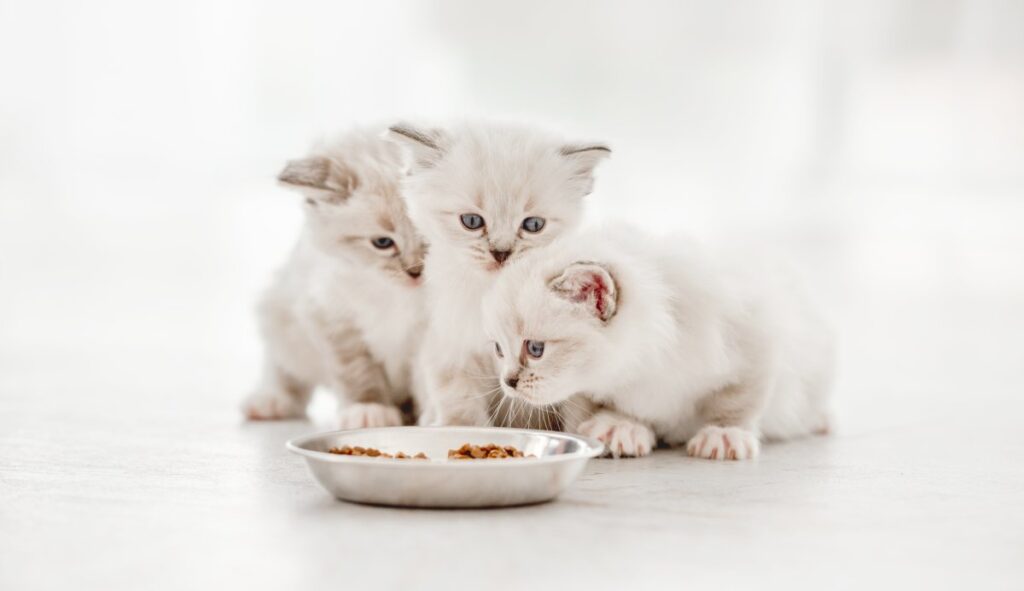
Kittens start eating solid food when they’re three to four weeks old. Start by giving them little amounts of canned food mixed with water, lowering water content as they grow. When they start eating solid foods, you can add dry food mixed with water to help them eat. When they stop feeding on their mothers, their correct nutrition is your responsibility. In three meals, they should eat one half to one cup of dry kitten food or six to nine ounces of wet kitten food every day. They should not be fed adult food, as it will not help them grow.
Adult Cats: 1 year – 7 years
What to feed an adult cat depends on their activity level, metabolism, and body size. It is recommended to feed them only twice a day as adult cats need less nutrition than kittens, as they are not growing. Free feeding is not recommended; they won’t self-regulate their nutritional needs. For adult cats, meals may start to regulate around their specific need, e.g., weight control.
Senior – 7 years – 10 years and above
Diets for senior cats are comparatively low in calories but should include the essential vitamins and nutrients. At this age, their maturing body is more prone to weight gain, arthritis, and other diseases. It is best to feed them a senior diet, but be sure to talk to your veterinarian.
How to change to a new diet
Changing the entire diet fast can cause digestion issues, or the cat might not eat it. Therefore, remember to make the change gradually. Do this by adding small amounts of the new food and gradually increasing it over 7–14 days to avoid any problems.
Feeding Your Cat Properly
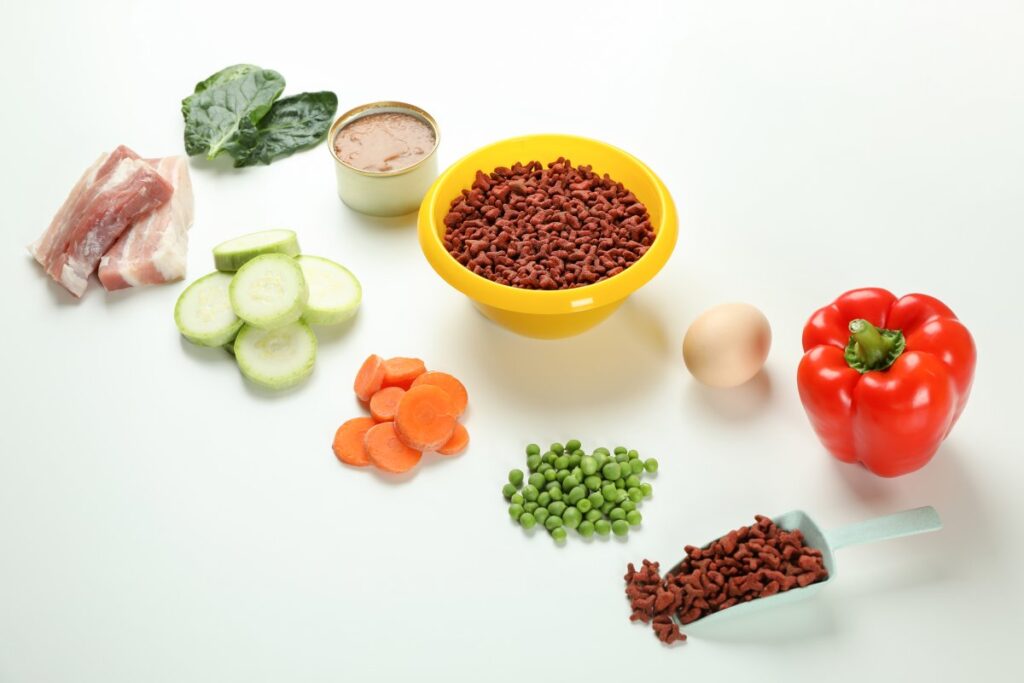
Factors that affect how much to feed your cat
Always remember that your cat’s weight, size, age, activity level and metabolic rate, health, body condition, and reproductive status will always affect how much they need to be fed. To feed them the right amounts in the right portions, talk to a veterinarian.
Your cat won’t eat. Why and what to do
Sometimes, your cat won’t eat. This can happen due to several factors, such as illness, recent vaccination, travel and unfamiliar surroundings, psychological issues, or finickiness. Remember to never starve your cat into eating something if they don’t want to eat it, as nutrition is most important. During illness, concern your veterinarian to give the cat food they will eat.
Always remember, though, that it is best to feed them wet canned food. They might like certain treats like tuna or liver, but these can be bad for their health, so avoid them. If your cat is eating only human food, start by mixing some cat food and increasing the amount gradually to transition it completely to pet food. Rotating the diet among different brands twice or four times a year will also help reduce finickiness and avoid intestinal problems and allergies.
Now that you know how to feed your cat properly, what to give them, and what to avoid, start by making changes to their diet if you feel like they need any. Moreover, it is always good to keep talking to your veterinarian to fulfill your cat’s individual needs and keep it healthy.

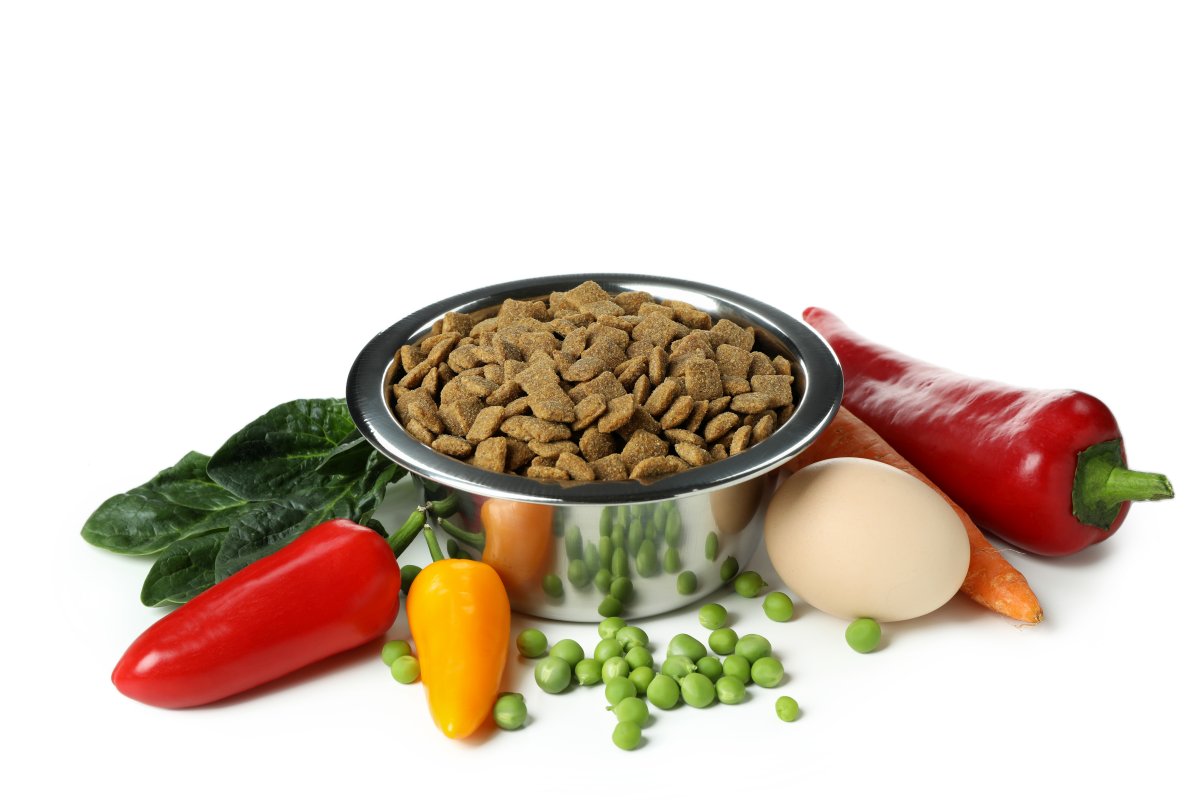
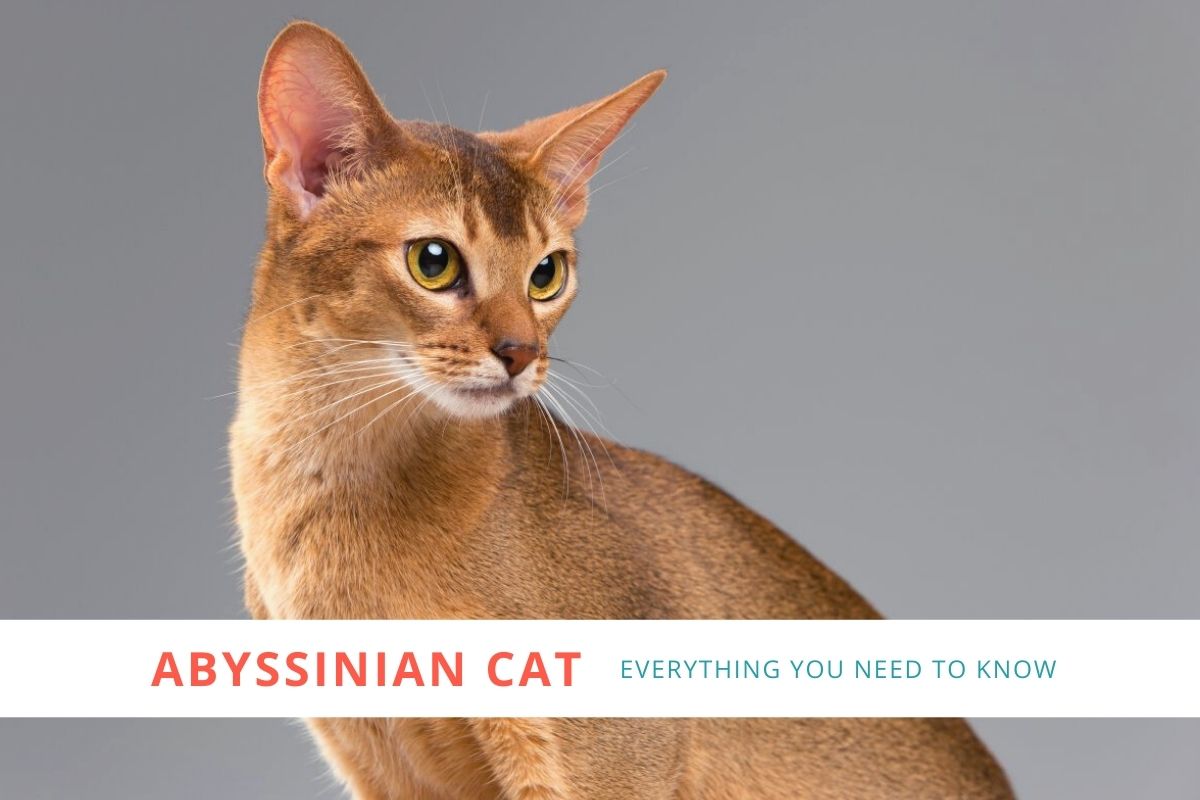
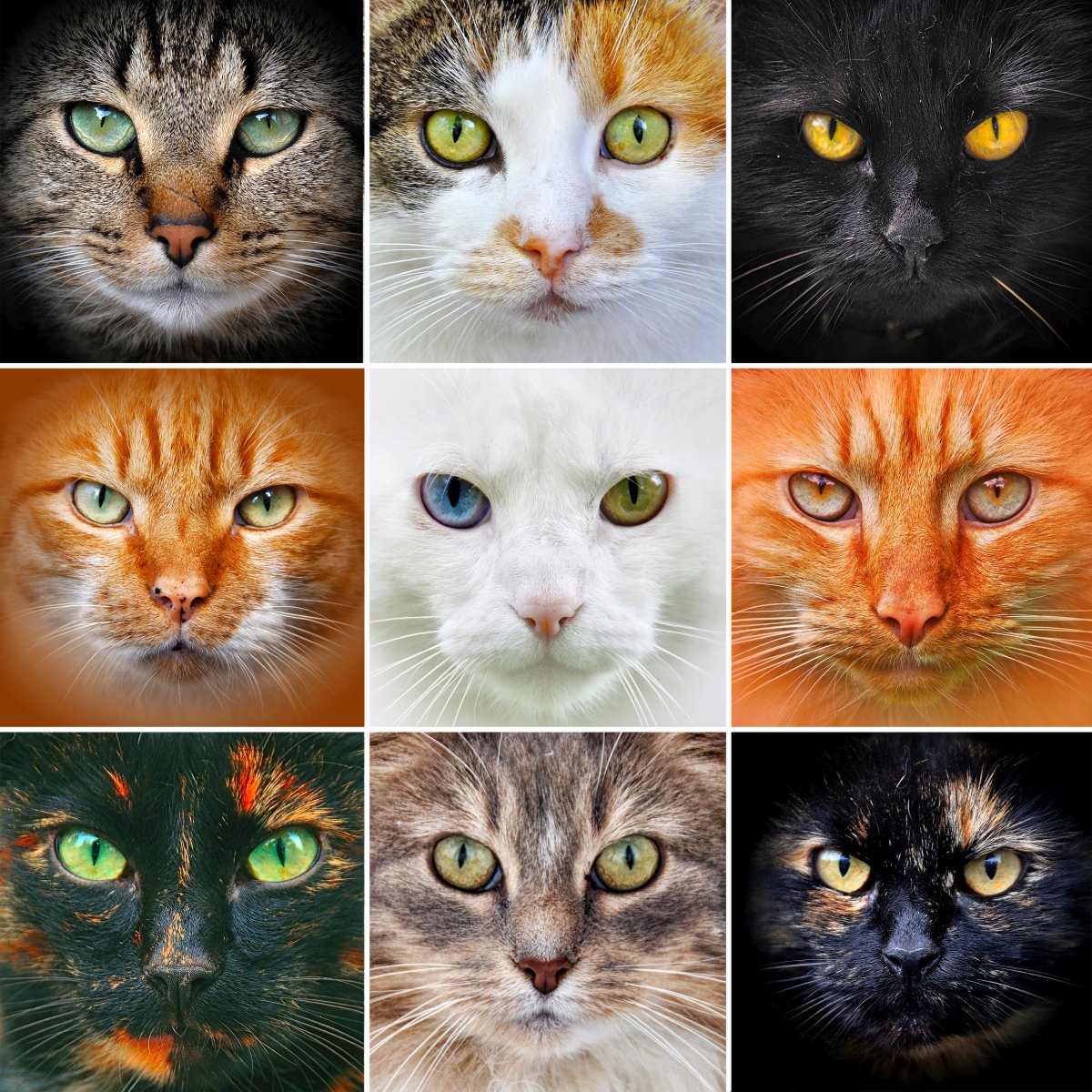
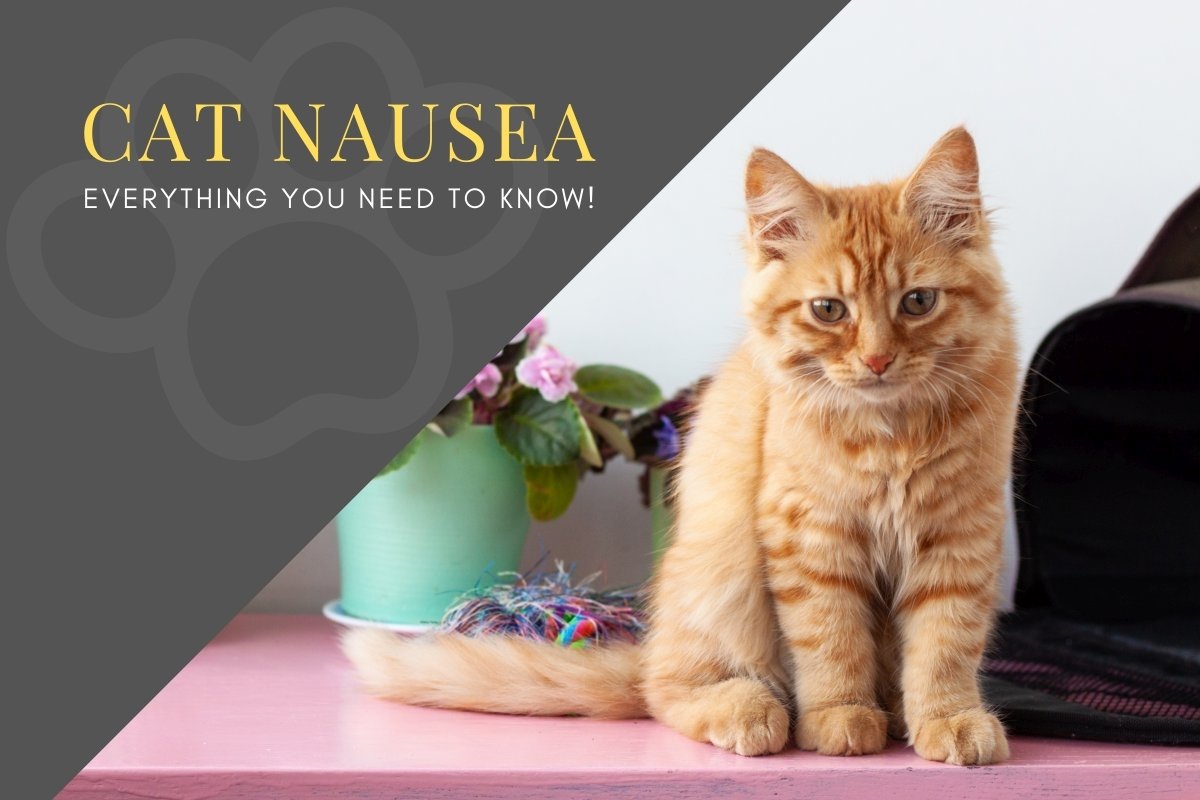
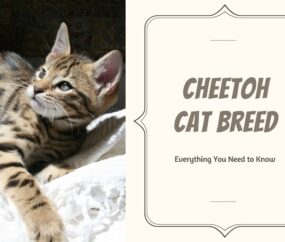
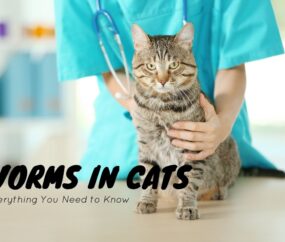
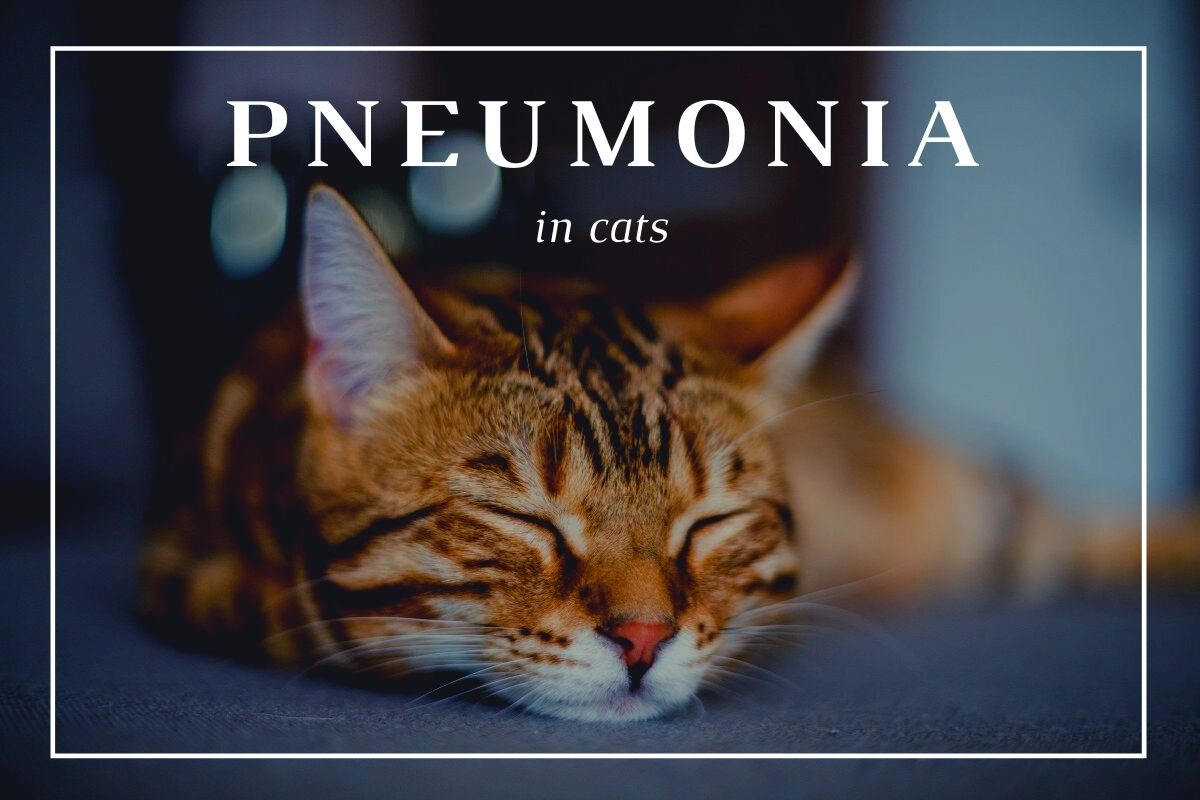
7 comments